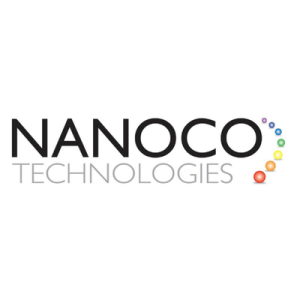Nanoco’s H123 revenues benefited from the successful delivery of technical milestones for its European electronics customer, taking it close to full production validation of two different wavelength materials for use in sensing chips. Shortly after the period end, Nanoco signed the final agreements to settle the litigation with Samsung. The settlement frees management to concentrate on getting the company ready for volume production in anticipation of receiving its first production order later in CY23.
Scale-up of sensing material on track
During H123 Nanoco successfully delivered on the technical milestones for the European electronics and Asian chemical customers and supported an increase in demand for volumes of development materials. Revenue jumped by 45% year-on-year to £1.6m, while cost savings from exiting the Manchester facility helped offset inflationary cost increases, so adjusted EBITDA losses were stable at £1.1m.
Nanoco Group PLC (LON:NANO) leads the world in the research, development and large-scale manufacture of heavy metal-free nanomaterials for use in displays, lighting, vertical farming, solar energy and bio-imaging.


